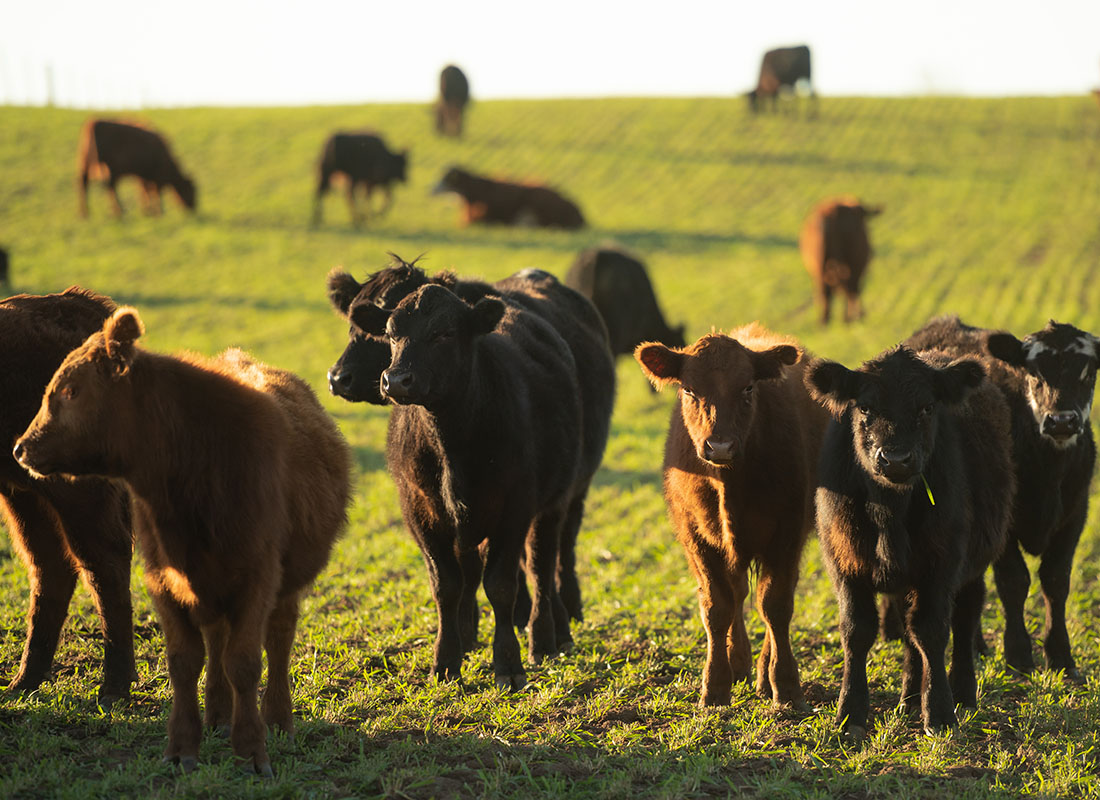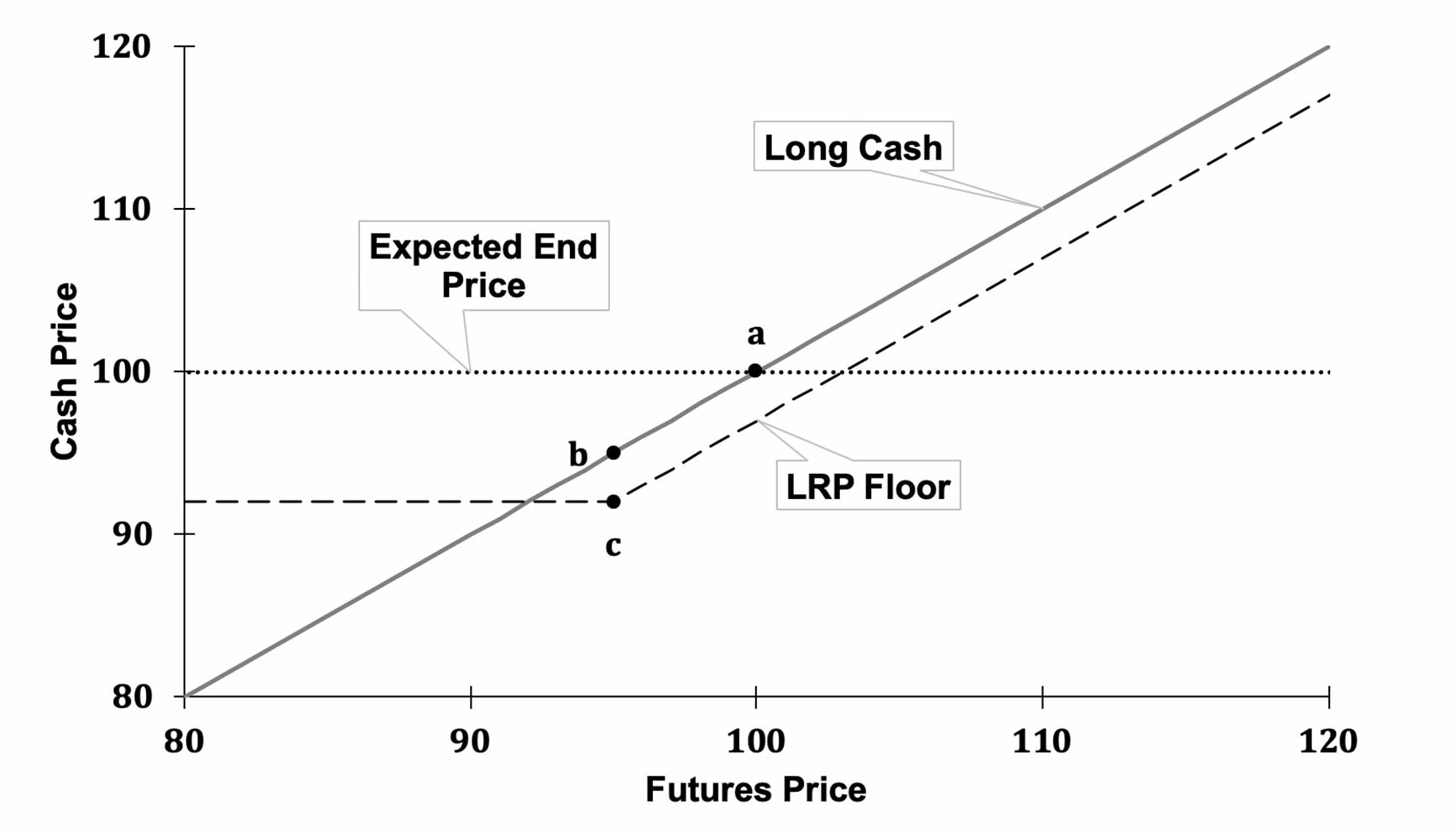Trick Factors to Consider When Picking Animals Risk Protection (LRP) Insurance
When examining choices for Animals Danger Defense (LRP) insurance, several key aspects require cautious factor to consider to ensure reliable threat administration in the agricultural sector. Choosing the right protection options tailored to your specific animals operation is vital, as is recognizing exactly how exceptional costs correlate with the degree of security supplied.
Insurance Coverage Options
When thinking about Livestock Threat Protection (LRP) insurance, it is important to recognize the numerous coverage options available to alleviate risks in the farming market. Livestock Threat Security (LRP) insurance provides various protection options customized to meet the diverse needs of livestock producers.
One more important protection choice is the endorsement duration, which establishes the size of time the protection is in result. Producers can choose the recommendation duration that best fits their manufacturing cycle and market conditions. Furthermore, protection degrees and prices differ based on the kind of animals being guaranteed, offering producers the versatility to tailor their insurance coverage intends according to their certain requirements.
Comprehending the different coverage alternatives available under Animals Danger Security (LRP) insurance policy is crucial for producers to make informed decisions that efficiently shield their livestock operations from market uncertainties.
Costs Costs

Livestock Threat Protection (LRP) insurance offers essential insurance coverage choices customized to reduce risks in the agricultural industry, with a considerable facet to consider being the computation and framework of premium costs. These include the type and number of livestock being insured, the insurance coverage level picked, the existing market prices, historical cost data, and the length of the protection duration.
Premium prices for LRP insurance are normally determined based upon actuarial information and take the chance of analysis designs. Insurance companies assess historic data on livestock costs and production expenses to establish a proper costs that mirrors the degree of risk involved. It is important for livestock producers to thoroughly examine premium costs and insurance coverage alternatives to ensure they are adequately protected against possible financial losses due to damaging market conditions or unexpected events. By recognizing how superior expenses are calculated and structured, manufacturers can make informed decisions when choosing the best LRP insurance coverage plan for their operation.
Eligible Animals
The resolution of eligible animals for Livestock Risk Security (LRP) insurance coverage entails mindful factor to consider of specific requirements and characteristics. Livestock kinds that are commonly qualified for LRP insurance include feeder livestock, fed livestock, swine, and lambs.
Feeder cattle, as an example, are frequently qualified for LRP coverage if they fall within defined weight ranges. Fed cattle may also be eligible, however they must satisfy particular weight and high quality grade needs. Swine eligible for coverage usually consist of market weight pets planned for slaughter. Lambs are an additional group of animals that can be taken into consideration for LRP insurance, with elements such as weight and age playing a vital role in identifying their qualification.
Prior to selecting LRP insurance policy for animals, manufacturers should thoroughly assess the eligibility standards described by the insurance company to ensure their pets fulfill the needed needs for coverage.
Plan Flexibility
Plan flexibility in Livestock Threat Defense (LRP) insurance coverage enables producers to customize coverage a fantastic read to fit their details needs and run the risk of monitoring approaches. This flexibility empowers animals manufacturers to customize their insurance policies based on factors such as the type of livestock they have, market conditions, and private threat tolerance degrees. By offering adjustable alternatives, LRP insurance makes it possible for producers to effectively handle their threat exposure while securing their animals procedures against unanticipated market volatility.
Cases Process
Upon experiencing a loss or damage, producers can launch the cases process for their Livestock Danger Security (LRP) insurance policy by promptly contacting their insurance coverage company. It is critical for producers to report the loss immediately to quicken the cases procedure. When connecting to the insurance service provider, producers will need to supply detailed information about the event, including the date, nature of the loss, and any type of appropriate documents such as vet documents or market rates.

After the analysis is complete, the insurance policy service provider will certainly choose relating to the claim and interact the outcome to the producer. If the case is accepted, the producer will certainly obtain payment according to the regards to their Animals Risk Security (LRP) insurance plan. Bagley Risk Management. It is necessary for manufacturers to be knowledgeable about the claims procedure to ensure a smooth experience in the event of a loss

Final Thought
Finally, when picking Animals Threat Defense (LRP) insurance, it is important to think about protection choices, premium costs, eligible animals, policy flexibility, and the claims procedure. These vital variables will certainly assist guarantee that farmers and breeders are sufficiently safeguarded against prospective risks and losses connected with their animals operations. Making an informed choice based on these considerations can inevitably cause far better monetary safety and check out this site security and comfort for animals producers.
Animals Risk Defense (LRP) insurance coverage provides various protection options customized to meet the varied needs of animals producers.The resolution of eligible animals for Livestock Threat Security check my blog (LRP) insurance policy coverage entails cautious factor to consider of particular criteria and attributes.Policy adaptability in Livestock Threat Protection (LRP) insurance enables producers to customize coverage to match their particular demands and risk monitoring techniques.Upon experiencing a loss or damages, manufacturers can start the insurance claims procedure for their Animals Risk Defense (LRP) insurance by immediately calling their insurance provider.In final thought, when picking Livestock Danger Protection (LRP) insurance policy, it is vital to take into consideration coverage options, premium expenses, qualified animals, policy versatility, and the cases procedure.